Huawei has created loud enough noise to get the attention it deserves and in the middle of it – the triple-camera Huawei P20 Pro.

Normally, Huawei’s camera-centric flagship devices would come in pairs (like the P10 and the P10 Plus) and aside from the handset size, not much is different between the two.
This time, Huawei emphasized that the bigger sibling is going to be much more than that. So instead of just calling it the P20 Plus, it named it the P20 Pro instead — just the way they did it with the Mate 10 and Mate 10 Pro.
The Pro indicates the device was tuned towards professionals with features that can impress even hard-core photographers. Learn more about the Huawei P20 Pro in our full review below.
Table of Contents
Design and Construction
The Huawei P20 Pro is relatively the same size as its predecessor, the P10 Plus, yet Huawei managed to fit a 6.1-inch display by maximizing the bezels around the screen.

Equally impressive is the fact that they were also able to keep the fingerprint sensor at the front, along with a very narrow strip at the bottom.
The body is completely covered in Gorilla Glass both at the front and the back, together with rounded corners that make it a bit slippery on the hands. At 7.8mm on the side, it’s even thinner than the Mate 10 Pro, iPhone X and the Galaxy S9+ (8.1mm).

It’s got a bit of heft to it with a beautiful and luxurious design especially in that blue and twilight color variant. The attention to detail, the build materials used and the subtle touches of design contribute to a premium look and feel of the handset. Indeed, the P20 Pro is miles better compared to the P10 Plus in terms of design execution.
The power button is placed on the right side along with the volume controls just above it while the SIM card slot is placed on the left.

The noise-canceling mic is up top together with an IR blaster that’s flanked with antenna bands on both ends.
At the bottom end is the USB Type-C charging port, speaker grille and the primary mic that’s tucked inside a similar grille just across it for symmetry. Two more antenna bands are found on both ends.
Conspicuously missing is the 3.5mm audio port, a growing trend with flagship phones these days. Instead, Huawei equipped the included earphones with a Type-C port for compatibility. They first did this on the Mate 10 Pro so we’re not really surprised.

The back panel is flat and glossy due to the glass paneling. On the left corner is the cluster of 3 cameras. The first two – the 40MP RGB and 20MP monochrome — are joined by a protruding lens barrel about 2mm thick while the 3rd one is the 8MP telephoto camera situated just below them. All three lenses are lined up vertically along with the dual-tone, dual-LED flash placed at the end. The camera protrusion means the device wobbles when placed flat on its back.

The new Huawei logo is flushed just at the bottom end together with several labels and required markings. Also interesting to note that the layout of the entire back panel is set horizontally instead vertically, giving more attention to the 3-camera system.
At long last, Huawei decided to make the P20 Pro dust and water resistant (IP67 Rating) with up to 1 meter deep and in under 30 minutes.
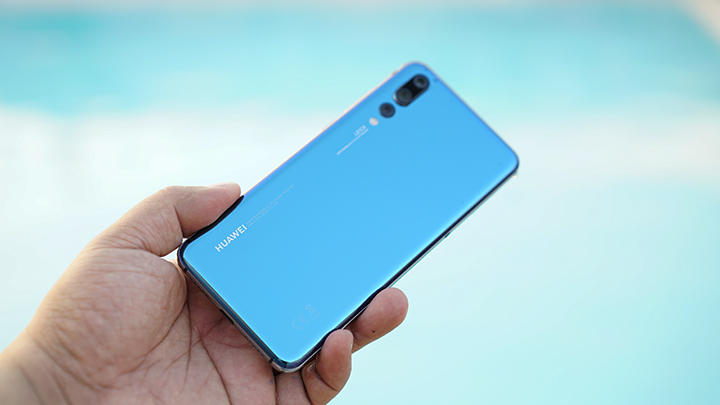
It’s apparent Huawei wants to make a statement that they can do better and implement design executions to significantly differentiate themselves from the competition. Well, except for that unnecessary notch on the display, we think that Huawei has found its design DNA in the P20 Pro.
Display and Multimedia
The P20 Pro sports a huge 6.1-inch FullView OLED display, similar to the one they had with the Mate 10 Pro, with a resolution of 2240×1080 pixels.

This brings the screen aspect ratio to an uneven 18.67:9 (rounded off to 18.7:9), a bit off from the usual 18:9 or 19:9 aspect ratio common to many other phones. In a way, it’s closer to the 18.5:9 aspect ratio of Samsung’s Galaxy smartphones.
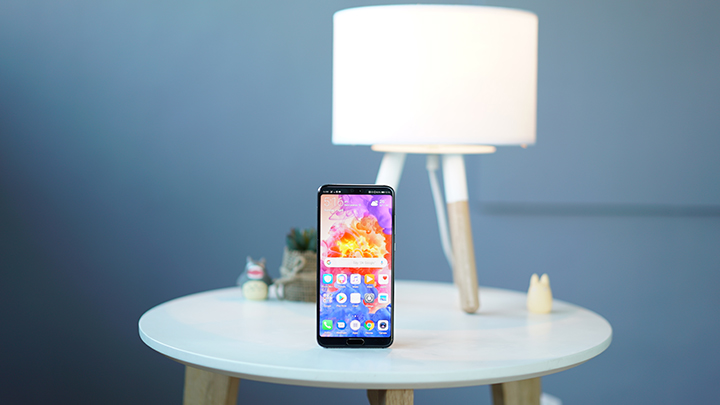
This is an unintended consequence of carving a notch around the top corner of the display and adding a physical fingerprint scanner at the bottom. This is a clear message that standard aspect ratios no longer matter that much.
Speaking of that notch, the one found in the P20 Pro is noticeably narrower and only houses the 24MP camera, a circular loudspeaker and a hidden sensor module in between.

If you don’t fancy the sight of the notch, that can be easily fixed in the Display Settings and completely masked by darkening the strip of display on both sides. It’s a clever trick actually and gives the impression that the bezels are thicker along that side but retains its usefulness by still showing notifications and status icons (somewhat similar to how LG did it with the LG V10 and V20).

Another topic of discussion is the apparent conservative approach of Huawei in the screen resolution. They insisted that full HD (in this case, FHD+) is enough screen resolution for the P20 Pro. At this resolution (408ppi), the display still looks clear and crisp with no noticeable differences compared to other smartphones with higher resolutions. The OLED display us bright and rich, colors are evenly saturated and the images pop out from the screen.

And we agree, but on the condition that it will contribute to a lower price tag of the device. While it’s nice to have either 2K, QHD or 4K, the advantage is merely on paper and none in practical terms. The benefit is longer battery life since it has fewer pixels to power.
The device supports stereo sound with the primary speaker at the bottom and the secondary loudspeaker at the top end. Sound quality is very good, loud and crisp with no noticeable distortion even at maximum volume.

The inclusion of the IR blaster is a rare feature but very much welcome especially if you have a lot of appliances with remote control at home.
Camera
Since the company’s close partnership with Leica, Huawei has capitalized on the name and their in-house technology to further push the limits on what smartphone cameras can do.

The Huawei P20 Pro, with its 3 camera setup at the back, is a first in any commercial phone. The primary 40-megapixel sensor is also the biggest in the market today.
The 3-camera setup works in conjunction with each other – the 40MP RGB sensor takes the primary colored image then combines it with the 20MP monochrome sensor for added detail and contrast. The 3rd camera is an 8MP telephoto lens that, when combined with the 40MP+20MP image, can produce up to 5x hybrid zoom.

The result is simply astonishing as shown in the sample shots below:

Regular shot

5x Zoom
The built-in optical image stabilization and Huawei AIS helps minimize shakiness keeping the images crisp and blur-free for most of the time.

Huawei’s built-in AI, powered by the dedicated NPU of the Kirin 970, assist in identifying the subjects (Master AI can identify 19 different subject categories) and applying the appropriate post-processing in order to produce the best version of the photo.

The front-facing camera of the P20 Pro has a 24-megapixel sensor with f/2.0 aperture and uses AI-driven 3D facial modeling to help in taking the best-looking selfies.
First, few sample shots we took here in Paris were undoubtedly impressive. See sample photos below:
- dav
- bsh
- cof
- sdr
- sdr
- rhdr
- sdr
- dav
- cof
- rhdr
- jhdr
- dav
The AI of the P20 Pro detects the scenes and automatically adjust the mode to adopt the right image processing. This produces better contrast and saturation like bluer skies or greener fields. Most of the time it’s spot on but sometimes, the results might not be what you expected. Needless to say, there’s a lot of post-processing done with photos in Auto mode.
Nevertheless, the camera is very powerful, images are sharp and capture a lot of details. The sensors can even go as high as ISO102,400 which is something we only see in professional dSLRs. The Pro Mode allows for granular control of the camera from auto/manual focus, shutter speeds of 1/4000 – 30secs and ISO 50 to 3200.
Likewise, that 5x hybrid zoom is a classic example how good the camera is.

Folks who love taking selfies will find the 24MP front-facing camera to their liking. The selfie camera has AI beautification and 3D portrait lighting so you get those studio-like effects when taking selfies.
Additional camera features include 4K video recording and a new super slow-mo video of up to 960fps, similar to the one in the Galaxy S9/S9+ although still not as impressive as the 960fps @ 1080p of the Sony Xperia XZ2.
OS, UI and Apps
The device comes with Android 8.1 Oreo right out of the box and customized with EMUI 8.1.
The default layout of EMUI is a flat home screen with all the apps scattered across multiple home screens. To organize, you can just group the icons into folders. If you want the default layout with an app drawer, that can be easily done in the Settings.

EMUI is such a simple and clean interface. Too simple, in fact, that we have not really seen any cosmetic difference compared to previous versions, all the way to EMUI 5.0.
EMUI 8.1 comes with options for a floating navigation dock, Smart Split screen to allow 2 apps sharing a single screen, and Smart Multi-Column Display for certain apps when oriented horizontally.
For navigation, you can choose from 3 options – an Off-Screen navigation button that relies on the fingerprint as some sort of trackpad; an On-Screen Navigation Key that floats just below the last row of icons/apps; or a Virtual Navigation Bar that’s normally found in Android navigations. Just pick one which you’re most comfortable with and stick with it to avoid confusion.

Since the P20 Pro uses an OLED display, there’s an option to always show information and notifications even if the display is in idle without affecting battery life.
The huge 128GB starting storage is very generous that you’d almost forget that phone lacks a microSD expansion slot.
Thankfully, there are not a lot of 3rd-party apps included in the system and only less than 9GB of space is used by the firmware.

With EMUI 8.1 Huawei also introduced a new Face Recognition feature to quickly unlock your phone. Suffice it to say, face unlock is very fast in daylight or well–lit environments but tends to slow down to about 1 to 2 seconds in low-light scenarios. You have to option to automatically unlock the screen upon recognition or add a slide-up action on the screen first, just like in the iPhone X.
The fingerprint sensor is also convenient and more secure although we’re still not sold to the fact that it was placed at the front and not the back. You can register up to 5 unique fingerprints and even use a different fingerprint to separate your MainSpace and your Private Space (secondary, private home screen).

The ability to mirror the phone into an external monitor or display (Easy Projection) is also available here and works the same way as it did in the Mate 10/10 Pro. All you need is either a Type-C to HDMI cable.
EMUI might look simple and unappealing but its core strength is the ability to give users all the possible options that fit their needs. It’s flexible and highly customizable. You just need to tinker around to get the hang of it.
Performance and Benchmarks
The P20 Pro is powered by the same HiSilicon Kirin 970 first introduced in the Huawei Mate 10 and Mate 10 Pro. This is composed of a high-performance, quad-core ARM Cortex A73 processor running at a max speed of 2.36GHz and a power-efficient quad-core ARM Cortex A53 running at 1.8GHz.
This is paired with a Mali G72-MP12 graphics processor and a dedicated Neural Processing Unit that handles AI-specific computational tasks.
Standard memory option is 6GB of RAM and 128GB UFS 2.1 internal storage. Huawei intentionally skipped the microSD card slot.
The Huawei P20 Pro scored a high of 206,099 points in Antutu benchmark which is a huge jump from the 170k points we got with the Mate 10 Pro. This is attributed to better optimizations in Android 8.1 and the newer version of Antutu (v7 vs. v6) that we used.

However, all other benchmarks like GeekBench, PCMark, 3DMark only registered very minimal increase in scores.
As demonstrated in the Huawei Mate 10 and Mate 10 Pro, the Kirin 970 is a very powerful and intelligent chipset yet power-efficient at the same time. We’ve never had any experience that suggests otherwise.
AnTuTu v 7.07 Benchmark — 206,099
Geekbench 4.2 — 1,907 (Single), 6,788 (Multi)
PCMark — 7,265 (Work 2.0), 8,482 (Work 1.0)
Androbench– 833 MB/s (Sequential Read), 196 MB/s (Sequential Write)
3DMark — 3,363 (Slingshot Extreme Vulcan), 3,025 (Slingshot Extreme OpenGL ES 3.1),
Multi-tasking is a breeze, gaming performance is very good and not once we’ve noticed the device is slowing down or lagging.
The internal UFS 2.1 storage scored very high marks in read (833MB/s) and write speeds (196MB/s).
Call Quality, Connectivity and Battery Life
Call quality is excellent, SMS are sent/received quickly with very strong cellular reception. The phone supports 2 nano-SIM cards, both of which are LTE capable. Other connectivity options include dual-band WiFi, Bluetooth 4.2, NFC and GPS.
The Huawei P20 Pro packs a huge 4,000mAh Li-Ion battery, one of the biggest in its class. With Huawei’s track record in battery performance, we expect nothing less with the P20 Pro.

In our PC Mark Battery Test, the P20 Pro clocked in at 10 hours and 9 minutes at 50% brightness, zero volume and in airplane mode.
Using our standard video loop test, the P20 Pro managed to last 17 hours and 45 minutes playing a full HD video at 50% brightness, zero volume and in airplane mode.
These results are significantly better than many other smartphones we’ve tested before under the same conditions.
With Huawei SuperCharge, the battery can go from zero to full in just 90 minutes. Sadly, there’s no wireless charging support on the device.
The charger that came with the box is the standard Huawei SuperCharge switching power adapter that has an output of 5A (4.5V) or 4.5A (5V).
Conclusion
The Huawei P20 Pro is looking to be a solid flagship phone, armed with an impressive camera system never been seen before. Huawei is certainly flexing its R&D muscle and this is evident with their obsession with AI-enabled features and over-the-top camera system.

Beautiful design and solid craftsmanship coupled with an impressive camera and great over-all performance — the Huawei P20 Pro is definitely an early contender for this year’s best flagship smartphone.
The only other question is the price. Huawei has set the global MSRP at ?€899 but historically, the Philippine price has always been significantly lower than that. We’ll reserve our verdict once Huawei releases the P20 series and its pricing in the Philippines this end of April.

Nevertheless, huge props to Huawei for really pushing the boundaries. We’ve never been this thoroughly impressed with a new phone in such a long time.
Huawei P20 Pro specs:
6.1-inch 18:9 OLED FullView display @ 2240 x 1080 resolution, 408ppi
3D Glass
HiSilicon Kirin 970 octa-core processor
4 x ARM Cortex A73 2.36GHz + 4 x ARM Cortex A53 1.8GHz + i7 Co-processor
Mali G72-MP12 GPU
6GB LPDDR4 RAM
128GB internal storage
40MP f/1.8 RGB sensor + 20MP f/1.6 monochrome sensor + 8MP f/2.4 telephoto lens triple Leica cameras w/ Huawei AIS, 5x Hybrid Zoom, AI Image Stabilization, LED flash
24MP front camera with AI beautification and 3D portrait lighting
4K and 960fps video recording
AR support
4G LTE Cat. 18 (1.2Gbps)
Single/Dual-SIM
GPS with aGPS support, GLONASS, BDS, GALILEO|
NFC
WiFi 802.11 a/b/g/n/ac, DLNA
USB Type-C
Bluetooth 4.2
IP67 certified
Fingerprint scanner
Infrared Remote Control
Android 8.1 Oreo (EMUI 8.1)
4,000mAh Li-Ion battery with SuperCharge and AI battery management
155.0 mm x 73.9 mm x 7.8 mm (dimensions)
180 grams (weight)
Twilight, Pink Gold, Black, Midnight Blue
What we like:
* Beautiful, solid design
* Very good display quality
* Impressive performance
* Generous RAM and storage option
* Over-the-top camera setup and imaging performance
* Very long battery life
* Water resistance
* IR remote control
What we did not like:
* Lacks wireless charging
* Missing 3.5mm audio port
* Lacks microSD card support


















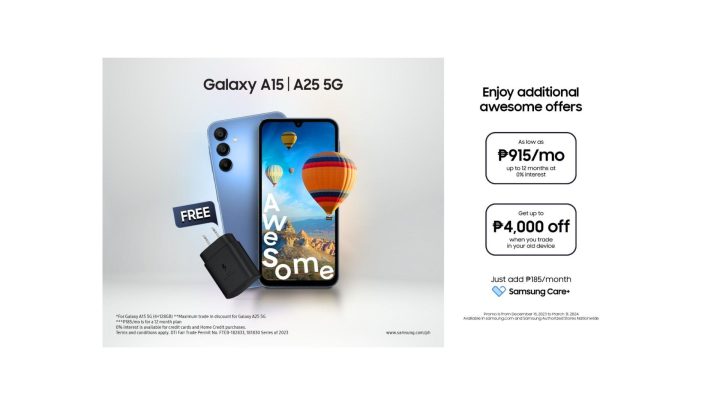
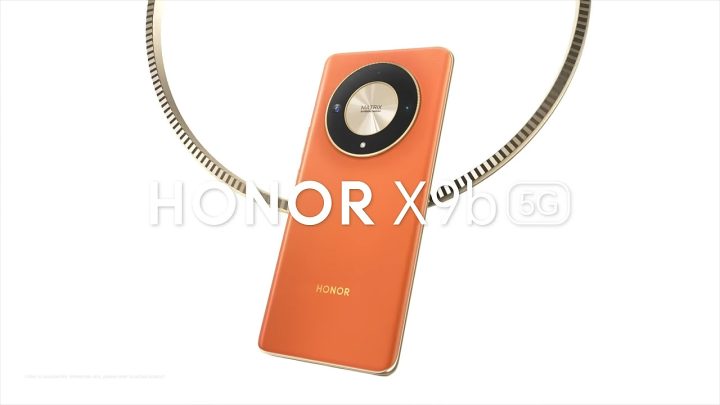
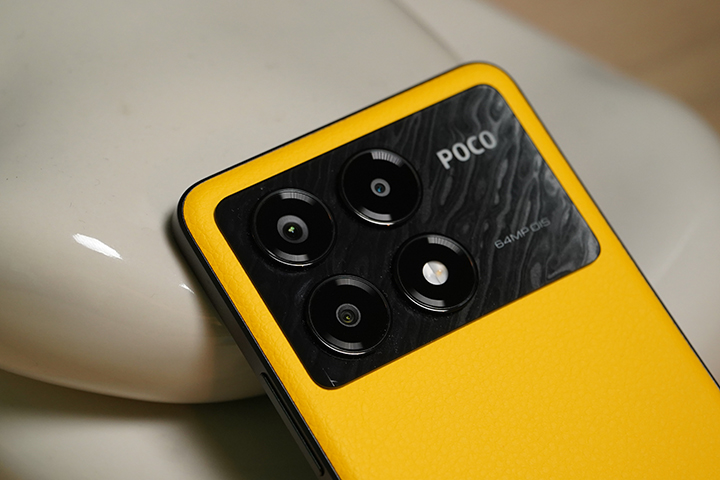



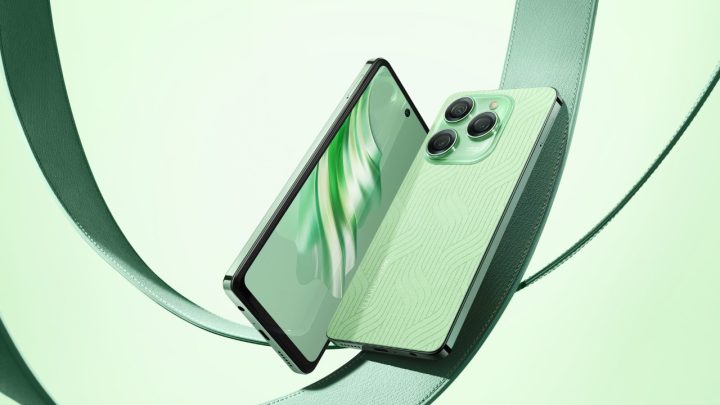
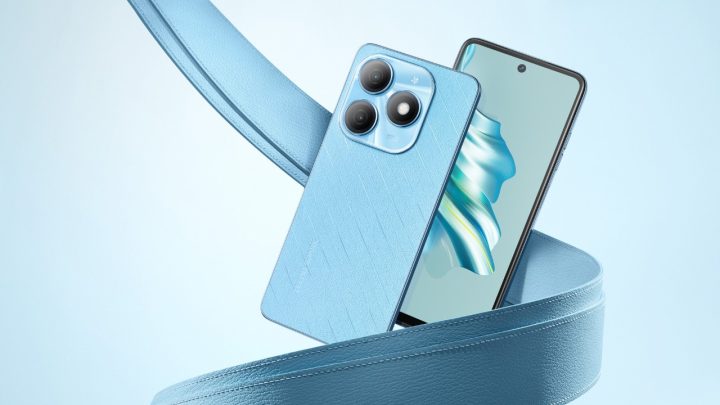

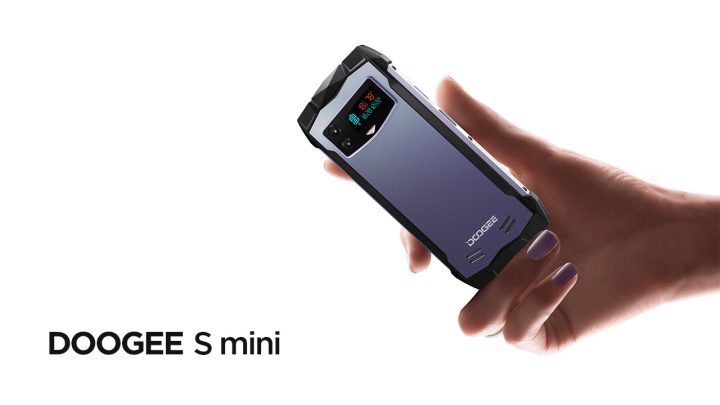
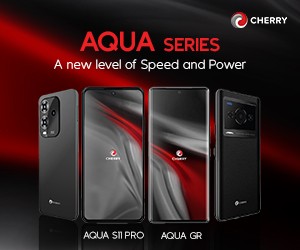












Who’s that girl? for educational research purposes only.
really impressive specs, parang nabuhay ang lumang nokia na meron 40mp rear cam. nice boob shot btw =)
Bluetooth 4 pa rin.., dapat 5 n yan
Wireless charging is not a big deal for me because when you put a case on it, wireless charging will ne useless
This is something really impressive from huawei Huawei p20 pro looks amazing in all aspects like design ,specifications and features. Thank you fro sharing the review,